I realize that there are a lot of questions relating to op amp offset here on electronics.se; however, none of them seemed to answer my exact question. If some of them are too similar, feel free to close.
I have a very simple non-inverting single-supply 3.3v-0v LTC6240 circut. This op amp doesn't have an offset null pin. I am running this op amp at a very high gain (>1000) with a 40khz input signal. The circuit works perfectly fine most of the time; however, I have an unpredictable ~500uV offset on the negative input, which (with some op-amps and some populated boards) works out to an output offset that the rest of my circuit can't compensate for.
I thought the best solution was this. I put a 10uf cap in series to ground as the answer describes and somehow, my gain at 40khz went away. I've replicated this in ltspice, even though I don't understand why it happens; the impedance of a 10uf cap at 40khz is only ~0.5 ohm. Here's a schematic of how I connected it:
As for putting a potentiometer in to correct the offset as described here, unfortunately I don't have a negative voltage available on the board, so all the pot can do is raise the offset.
